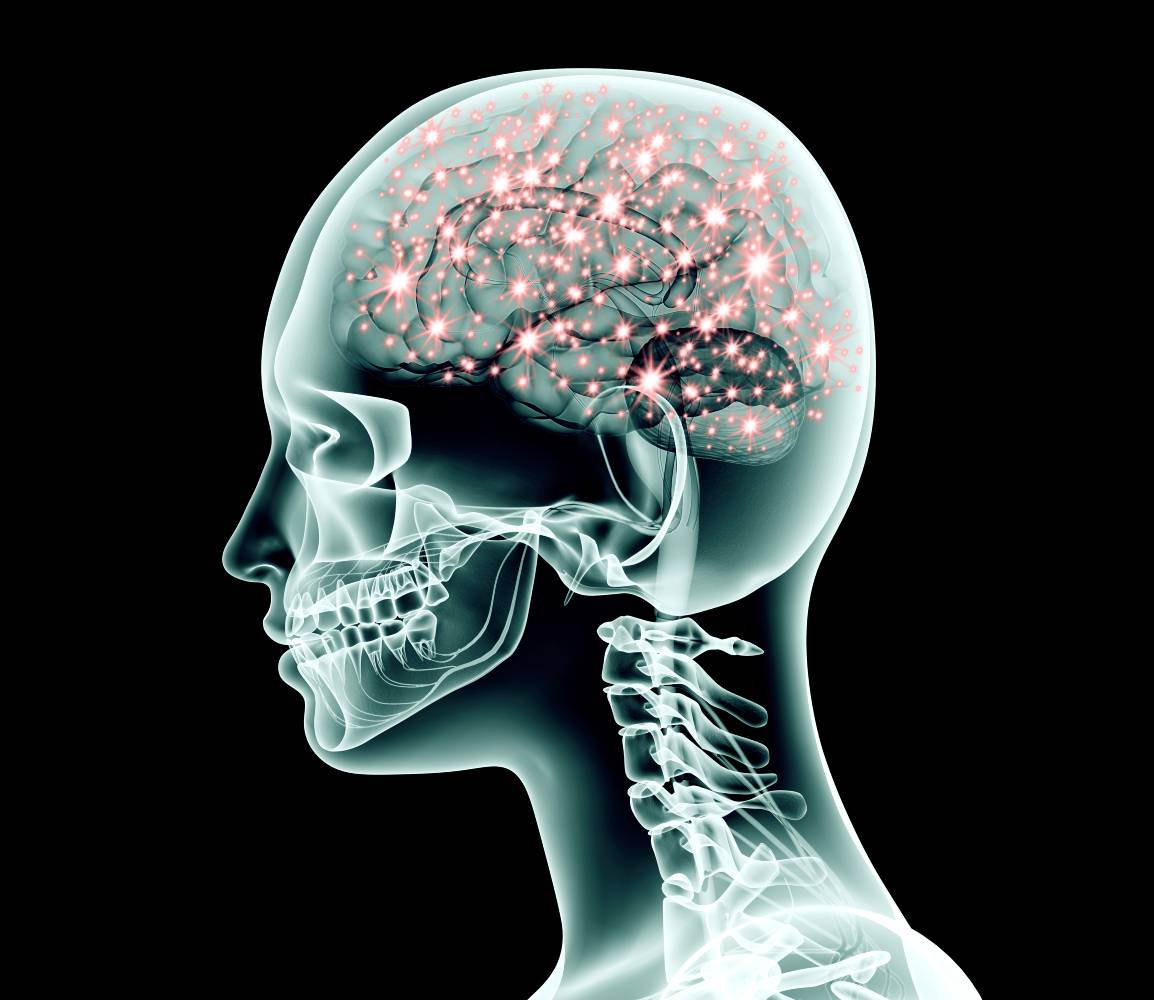General anesthesia is an essential component of many surgical procedures. Anesthetic agents induce unconsciousness, amnesia, muscle relaxation, loss of nervous system reflexes, and analgesia, allowing surgeons to perform incisions and procedures without causing pain or discomfort (1). Without the loss of protective reflexes and responses to pain, vital surgeries would be impossible, rendering general anesthesia one of the most important advances in medical history (2). However, the molecular mechanisms of anesthetics remain poorly understood, resulting in incomplete knowledge of the transient and long-term side effects and recovery process. Anecdotal evidence often paints the emergence from anesthesia as a groggy, nauseating process, with some reporting effects that last days or weeks, complicated by the simultaneous recovery from the surgery (3). Therefore, as anesthetics continue to evolve, researchers have begun to investigate the recovery from anesthesia in an effort to isolate the direct consequences of anesthetics on cognition.
One study analyzed the recovery process by placing healthy adults under general anesthesia with isoflurane and propofol (4). Using electroencephalography (EEG) to detect two measures of brain activity — permutation entropy and Lempel-Ziv complexity — and a battery of tests to evaluate elements of cognition, the authors assessed the stages of anesthesia, beginning with a significant drop in cortical activity following loss of consciousness caused by propofol administration, which continued to decrease during maintenance with isoflurane (4). Right before returning to consciousness, subjects displayed increasing activity in frontal and posterior permutation entropy that matched or exceeded baseline levels, with the most activity in the prefrontal cortex after emergence (4). Researchers did not identify a strong correlation between EEG measures during anesthesia and post-emergence cognitive impairment (4). Although performance in all cognitive tests was impaired following awakening, success in executive function and complex problem-solving returned to baseline first, while processing speed, attention, and memory took longer to recover (4). This finding contradicts previous hypotheses that assumed recovery occurred in a caudal-to-rostral direction, confirming that the return of activity in the prefrontal cortex occurs earlier than predicted, although the researchers caution that other studies have shown that subjects emerging from dexmedetomidine or propofol exhibited more limited frontal lobe activity (4, 5, 6). After three hours, the success on cognitive tasks of anesthetized patients did not significantly differ from the control group, nor did their sleep-wake patterns in the four subsequent days show remarkable differences (4).
This study highlights the absence of long-term effects of anesthesia on healthy adults, as well as the fact that recovery manifests as a prolonged, sequential process characterized by active variables as opposed to one singular event or the mere deterioration of anesthetics (4, 7). Additionally, the importance of the prefrontal cortex in cognition and early return of executive function and problem-solving sheds light on the mechanics of consciousness, which may be modulated by the interactions between different brain structures instead of the sole activation of specific areas, consistent with the global neuronal workspace theory (8). While research must be undertaken to assess the potential adverse effects on cognition in elderly and juvenile patients following anesthesia and the impact of drugs and neurotransmitters on recovery timelines (7, 9), this study underlines the benign consequences of anesthetics in healthy adults, further emphasizing the power of general anesthesia.
References
1: Dodds, C. 1999. General anesthesia: practical recommendations and recent advances. Drugs, vol. 58. DOI: 10.2165/00003495-199958030-00006.
2: Robinson, D. and Toledo, H. 2012. Historical development of modern anesthesia. Journal of Investigative Surgery, vol. 25. DOI: 10.3109/08941939.2012.690328.
3: Avidan, M. and Evers, A. 2016. The fallacy of persistent postoperative cognitive decline. Anesthesiology, vol. 124. DOI: 10.1097/ALN.0000000000000958.
4: Mashour, G., Palanca, B., Basner, M., Li, D., Wang, W., Blain-Moraes, S. Lin, N., Maier, K., Muench, M. et al. 2021. Recovery of consciousness and cognition after general anesthesia in humans. eLife, vol. 10. DOI: 10.7554/eLife.59525.
5: Reshef, E., Schiff, N. and Brown, E. A neurologic examination for anesthesiologists: assessing arousal level during induction, maintenance, and emergence. Anesthesiology, vol. 130. DOI: 10.1097/ALN.0000000000002559.
6: Scheinin, A., Kantonen, O., Alkire, M., Långsjö, J., Kallionpää, R., Kaisti, K., Radek, L., Johansson, J., Sandman, N. et al. 2021. Foundations of human consciousness: imaging the twilight zone. Journal of Neuroscience, vol. 24. DOI: 10.1523/JNEUROSCI.0775-20.2020.
7: Kelz, M., Garcia, P., Mashour, G. and Solt, K. Escape from oblivion: neural mechanisms of emergence from general anesthesia. Anesthesia and Analgesia, vol. 128. DOI: 10.1213/ANE.0000000000004006.
8: Dehaene, S., Kerszberg, M. and Changeux, J. 1998. A neuronal model of a global workspace in effortful cognitive tasks. Proceedings of the National Academy of Sciences, vol. 24. DOI: 10.1073/pnas.95.24.14529.
9: Wu, L., Zhao, H., Weng, H. and Ma, D. 2019. Lasting effects of general anesthetics on the brain in the young and elderly: mixed picture of neurotoxicity, neuroprotection and cognitive impairment. Journal of Anesthesia, vol. 33. DOI: 10.1007/s00540-019-02623-7.


